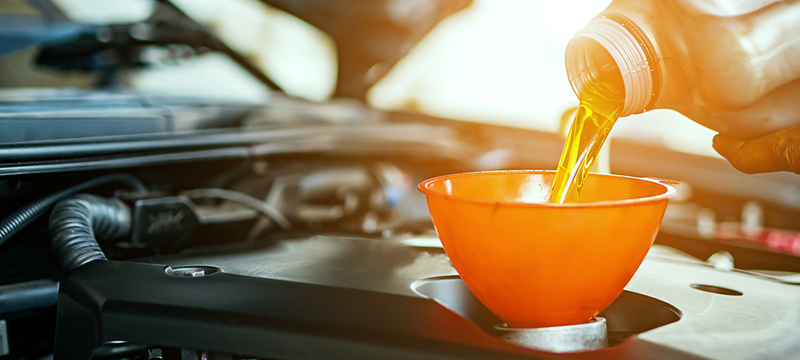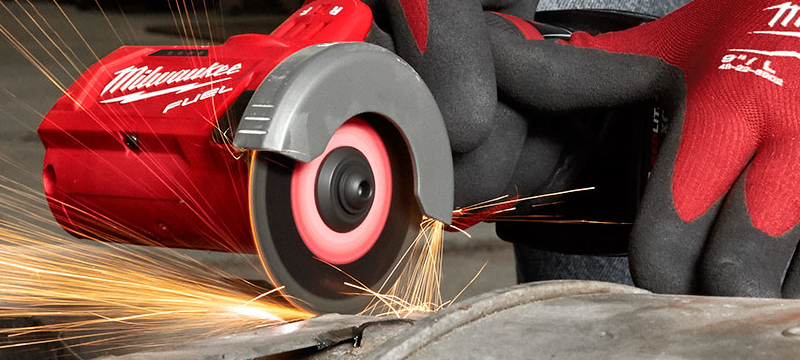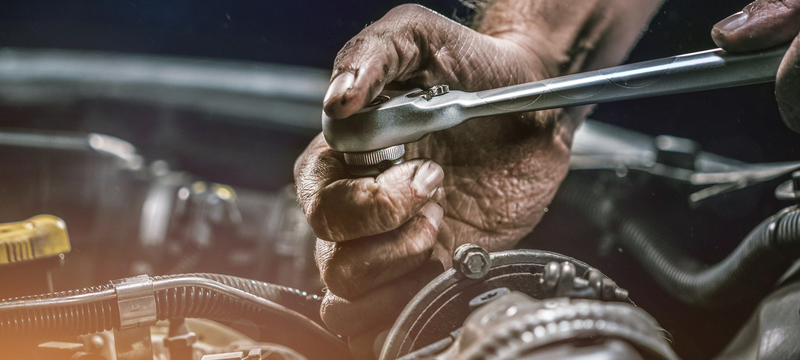Not everyone is skilled enough to do their own vehicle repairs, but specific routine maintenance like an oil change is generally super easy for anyone. Furthermore, you don’t have to be a mechanic to change your car’s oil. You can do it yourself even if you know very little about cars. You just have to acquire the right tools and identify a few parts of the vehicle to do the job right.
The typical oil change process involves only a few steps. However, if you’re doing it for the first time, you’re probably wondering, how do I change my oil? Well, there is no cause of alarm. Instead, follow this step-by-step guide to learn how to change your oil seamlessly.
Step 1: Collect Essential Information About Your Car
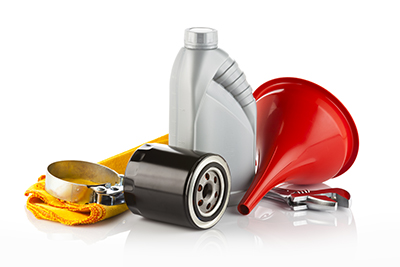
Before anything else, you’ll need to buy oil and an oil filter. But if you know nothing about your car, you can’t get the specific oil and filter type you need. That’s why it’s vital to gather essential details about the car. You will need to track down the vehicle’s year of manufacture, make, oil type, model, and engine displacement size.
You can retrieve most of this information from your car’s manual. Alternatively, your vehicle may have a sticker on the interior where you can check the type of oil you require. When you get the information, you can visit any car part store and purchase that type of oil and filter. The manual should indicate the amount of oil required to fill your car. Besides the new oil and filter, you will also need:
- Funnel
- Open-end wrench
- Recycle container
- Oil filter wrench
- Paper towels
- Carjack
- Rubber gloves
- Socket wrench
Before you get under your car, you can run it for a few minutes to warm the oil inside. This helps make the old oil flow out easily.
Step 2: Drain Your Oil
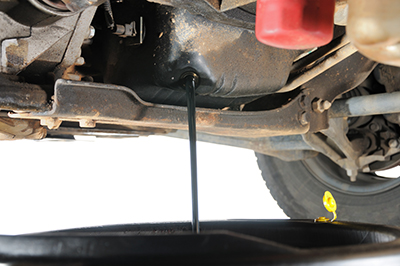
Raise the vehicle using a jack and support it with a car jack stand to make it steady. Once the car is raised, get underneath to identify the drain plug (a large nut located at the bottom of the oil pan under the engine). The drain plug should be found quickly, but you may need to crawl further under the car if you can’t reach it.
Place a recycle container beneath the drain plug as soon as you get it. Ensure your container is big enough to catch all the oil from your car engine. You should unscrew the drain plug and let the oil drain into the container.
Be sure to protect your hands with rubber gloves or a paper towel. Once you empty the engine, use a paper towel or rag to wipe off the vehicle and return the oil drain plug.
Step 3: Replace the Oil Filter
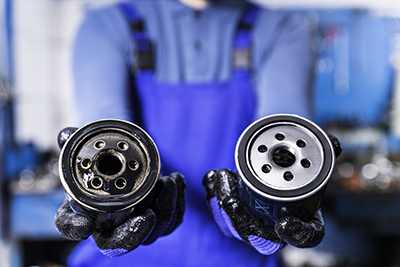
After you drain the oil, the next step is to replace the oil filter. You can start by removing the cap attached to it and unscrewing the oil filter with a wrench. Remember that more oil will come from the engine, so don’t forget to place the drain pan underneath the filter.
Notably, oil filters are available in different types, including self-contained units that you can twist using your hand, while others are paper-made. For the paper filters, unscrew the cap, remove the paper filter, and replace it with a new one before sealing. Wrap your older filter in a newspaper to take it to a recycling center later. Follow these simple steps;
- Remove the current oil filter (for paper filters, loosen the plastic cover to remove the oil filter).
- Allow the opening to drain completely.
- Clean the opening with a clean rag or paper towel.
- Open the new bottle, dip your finger into it, and rub some oil across the rim of the new filter.
- Fix the new oil filter and firmly seal it.
Although the amount of oil that will come out of the filter is less than that in the drain pan, you still have to be careful. To avoid the risk of burning yourself, be sure to wear gloves throughout the whole process. When you replace the filter, wipe it and the pan again to avoid spotting leaks down the drain.
Step 4: Refill the Engine Oil
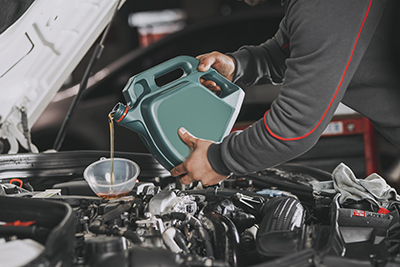
Once everything is sealed, you’re ready to fill your car with oil. First, check your vehicle’s manual to know how much oil is needed. Most vehicles can consume between 4 and 5 liters, but it helps to confirm from the manual. The good thing is that most refill jugs have a measure on their handle to help you know how much you’ve poured and the amount left.
To refill your oil, unscrew the oil cap from the top of the engine and insert the funnel into the hole. Then, slowly pour the oil into the funnel until you reach the amount recommended in the owner’s manual before restoring the cap.
Once you fill the engine with oil, it’s time to remove the jacks and turn on your vehicle. Let the engine run for 30-60 seconds to cycle the oil through the entire system. Check the car for leaks from the drain plug and filter. Turn off the vehicle and wait a few seconds to allow the oil to settle before checking the oil level again.
Pull out the dipstick, wipe it with a clean rag, re-insert it, and then pull it out again. If the oil level isn’t at the whole line level, add oil slowly while checking the stick. Repeat this process until you reach the desired oil level, and then remove the drain pan from beneath the car.
Step 5: Take the Oil and Filter to an Approved Recycling Facility
Carelessly disposing of car parts like filters and used motor oil can harm the environment. Besides, this action is illegal and can have severe consequences, including heavy penalties, jail time, and community services, depending on your neighborhood. Therefore, avoid dumping these remnants in unauthorized areas.
Instead, take them to an approved recycling center. Alternatively, you can take them to your local auto parts stores or gas stations because many are willing to dispose of the oil on your behalf.
Finally, empty the old oil from the drain pan and put it into the container with the new oil to make transportation easier. When you empty the pan, seal the jug properly and take it to a store or station that accepts used oil.
Bottom Line
Changing your car’s oil is possible even without zero vehicle experience. All you need is the right equipment to understand some fundamental car parts. So, if you’re planning to change your oil, whether you want to practice self-reliance or save some bucks, follow the steps outlined above for a smooth process.

